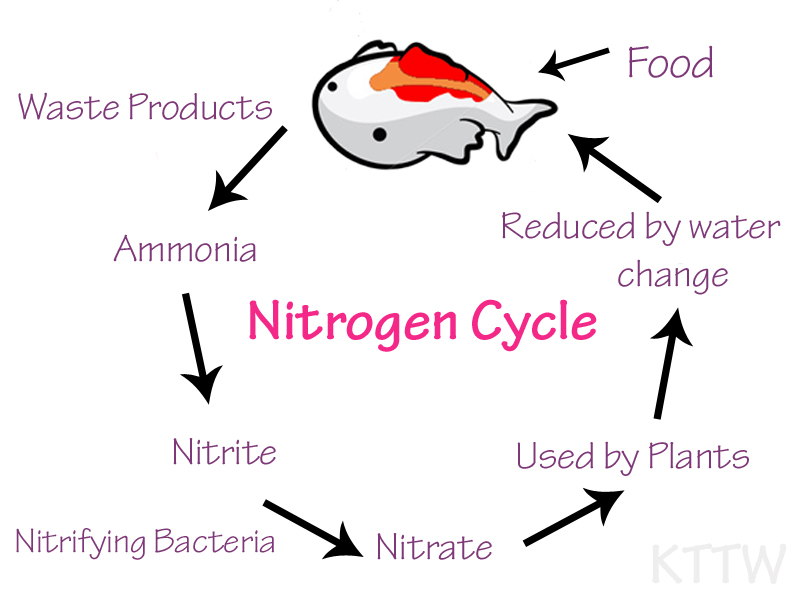
All You Need to Know About Koi Pond Nitrite Levels
Koi Pond Nitrite Levels: The Basics
Koi ponds require a delicate balance of water quality to keep the fish healthy and thriving. One of the most important factors to pay attention to is nitrite levels. High nitrite levels can be fatal to koi and other aquatic life. As such, monitoring nitrite levels is an essential part of pond maintenance. In this article, we will explore everything you need to know about koi pond nitrite levels.
What Are Nitrites?
Nitrites are a type of nitrogen compound that forms during the breakdown of organic matter. Fish waste, uneaten food, and other debris in the pond can all contribute to nitrite production. Nitrite levels can also spike during the cycling process. As bacteria colonies form in the pond, they convert ammonia to nitrite. Eventually, nitrite is converted to nitrate, which is less toxic to fish.
Why Are High Nitrite Levels Dangerous?
Koi are sensitive to high nitrite levels, which can cause methemoglobinemia or “brown blood disease.” This condition reduces the fish’s ability to transport oxygen, which can lead to suffocation, organ failure, and death. Symptoms of methemoglobinemia include lethargy, loss of appetite, rapid breathing, and gill damage. Nitrite toxicity can also impact the immune system, making the fish more susceptible to diseases and infections.
How to Test for Nitrites
Regular testing is crucial to maintaining optimal water quality in your koi pond. There are several ways to test for nitrites, including test strips, liquid test kits, and electronic monitors. Test strips are easy to use but may not be as accurate as other methods. Liquid test kits are more precise but require more steps, while electronic monitors provide real-time readings but can be costly.
What Are Safe Nitrite Levels?
Ideally, nitrite levels should be zero in a koi pond. However, trace amounts of nitrite are acceptable as long as they do not exceed 0.3 ppm (parts per million). It is important to note that high nitrite levels can also impact other aspects of water quality, such as pH and oxygen levels. A holistic approach to pond maintenance is essential for keeping nitrite levels in check.
How to Reduce Nitrite Levels
If nitrite levels in your koi pond are too high, there are several steps you can take to reduce them. One effective method is to perform a partial water change, which can dilute the nitrite concentration. You may also want to clean the filter and remove any accumulated debris from the pond. Adding beneficial bacteria to the water can help to establish a healthy colony that will convert nitrite to nitrate.
Preventing Nitrite Buildup
The best way to deal with high nitrite levels is to prevent them from occurring in the first place. To do this, minimize the amount of organic matter in your pond by feeding your fish in small portions and removing any uneaten food. Consider adding aquatic plants to help absorb excess nutrients, and avoid overstocking your pond with fish. Regular water testing and maintenance can also help to keep nitrite levels in check.
Conclusion
Maintaining optimal water quality in your koi pond is essential for the health and wellbeing of your fish. Nitrite levels are just one factor to consider, but a vital one. By understanding the basics of nitrite production and monitoring levels regularly, you can prevent dangerous spikes and keep your pond thriving. With a little care and attention, your koi will be happy and healthy for years to come.








